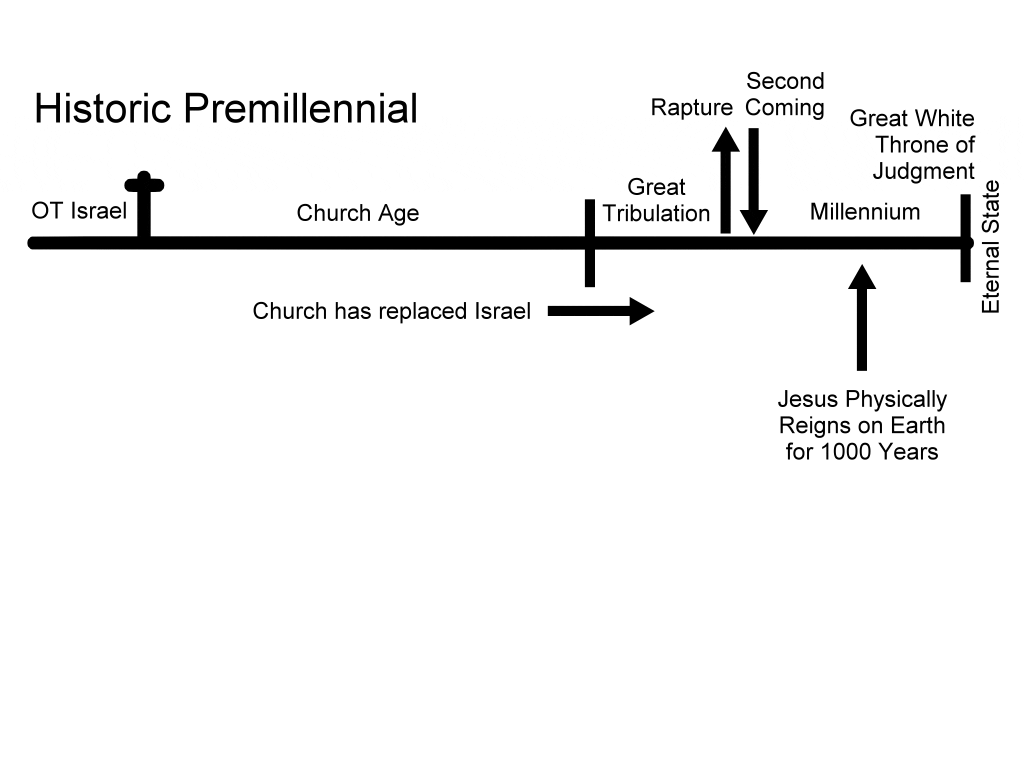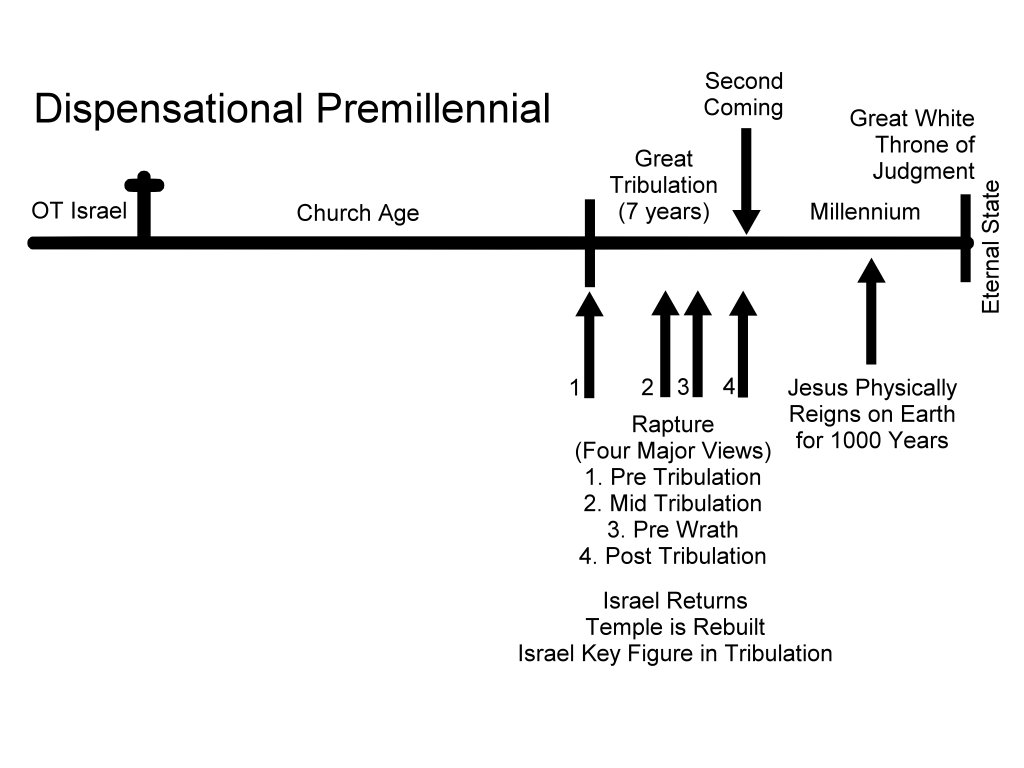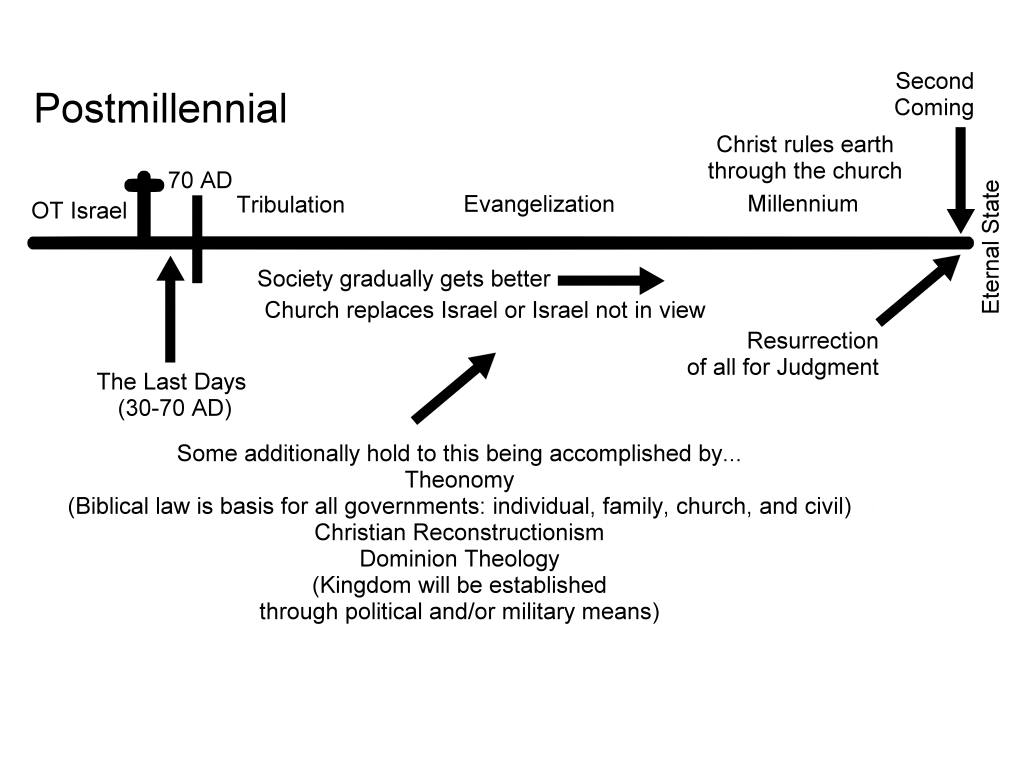Revelation 20:6 Blessed and holy is the one who has a part in the first resurrection; over these the second death has no power, but they will be priests of God and of Christ and will reign with Him for a thousand years.
Introduction:
For the past several days we have been exploring all of the major interpretive approaches to Revelation 20:1-10. In this series we have covered the following:
1. Interpretive areas to consider when studying Revelation 20:1-10
2. Amillennialism and a Premillennialist Response
3. Postmillennialism and a Premillennialist response
4. Exploring different types of Premillennialism
In today's post I want to offer a brief outline of Revelation 20:1-10, with the previous posts operating as the background and preparation for the outline below. If any reader is curious on where exactly I stand, they can look back at yesterday's post, where after some discussion I lay out four basic tenets of where I stand on the issue of Premillennialism.
A Quick Outline of Rev. 19:11-20:15, with particular focus upon Revelation 20:1-10
I. Arrival of Jesus Christ to earth 19:11-21
II. Binding of Satan for 1,000 years 20:1-3
III. Continual 1,000 year Kingdom 20:4-6
a. People of God with Christ 20:4
b. Peaceful Kingdom 20:5
c. Person of Christ the focus 20:6
IV. Devil released, rebels, destroyed 20:7-10
a. Satan is released 20:7
b. Sinful final rebellion crushed 20:8-9
c. Satan is to be eternally destroyed the Lake of Fire 20:10
V. Ending of history 20:11
VI. Final Judgment of unbelievers 20:12-15
VI. Final Judgment of unbelievers 20:12-15





